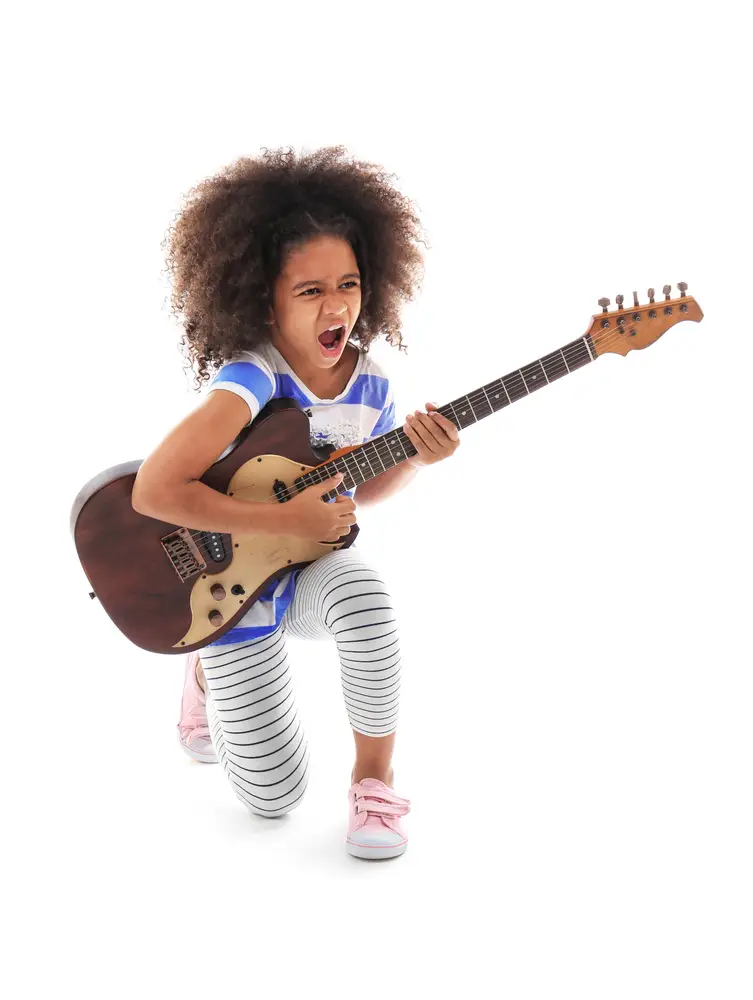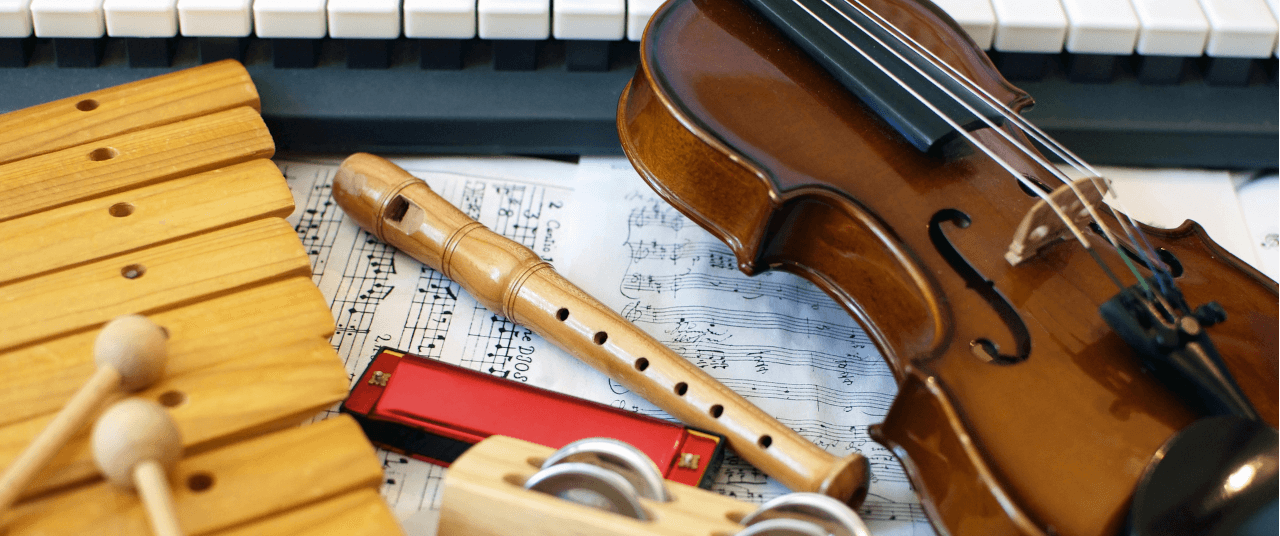Music has a profound impact on individuals of all ages, but especially on children.
Whether it’s dancing to a catchy tune or singing along to a favorite song, music plays a crucial role in a child’s development.
parents, observing how your child responds to music can provide valuable insights into their preferences, personality, and cognitive abilities.
Understanding Children’s Musical Preferences
Children often have distinct preferences when it comes to music. Some may be drawn to upbeat melodies that make them want to dance, while others may prefer calming tunes that help them relax. By paying attention to what types of music your child enjoys, you can gain a better understanding of their temperament and interests.
Observing Musical Responses
Watching how your child responds to music can also reveal a lot about their emotional and cognitive development. For example, a child who dances enthusiastically to a lively song may have a natural inclination towards movement and physical activity. On the other hand, a child who sings along to every word of a song may have a strong aptitude for language and memory.
Music’s Impact on Brain Development and Coordination
Research has shown that exposure to music can have a positive impact on the developing brain. Music stimulates various areas of the brain responsible for memory, attention, and emotional processing. Additionally, engaging with music through activities like dancing can improve coordination and motor skills in children.
Encouraging Musical Exploration
As parents, you can support your child’s musical development by exposing them to a wide variety of musical genres and styles. Encourage them to dance, sing, or even play musical instruments to foster creativity and self-expression. Creating a musical environment at home can also enhance bonding experiences and create lasting memories.

Music plays a significant role in shaping children’s development. By paying attention to your child’s musical preferences and responses, you can gain valuable insights into their personality and cognitive abilities. Embracing music as a tool for learning and self-expression can enrich your child’s life and contribute to their overall well-being.
Understanding Children’s Musical Preferences
Children’s musical preferences can vary widely based on their personalities and experiences. For example, a child may prefer energetic pop songs that make them want to dance, while another child may enjoy soothing classical music that helps them relax. Observing which types of music your child gravitates towards can give you insight into their emotional responses and interests.
Observing Musical Responses
Imagine playing a lively song with a catchy beat for your child. If they immediately start dancing, clapping their hands, and moving to the rhythm, it shows they have a natural inclination towards physical activity and rhythm. On the other hand, if your child listens intently to a song and starts singing along, paying attention to the lyrics and melody, it indicates strong language skills and memory retention.
Music’s Impact on Brain Development and Coordination
Research has shown that engaging with music can stimulate multiple areas of the brain, enhancing memory, attention, and emotional processing. For example, a study found that children who receive musical training show improvements in cognitive skills such as language development and spatial-temporal abilities. Additionally, activities like dancing to music can improve coordination and motor skills in children, contributing to their overall physical development.
These examples illustrate how children’s responses to music can provide valuable insights into their personalities, cognitive abilities, and overall development. By encouraging musical exploration and providing diverse musical experiences, parents can support their child’s growth and well-being through the power of music.
Try using music to teach children important information
In addition to teaching children their street address and important phone numbers through musical songs such Twinkle-twinkle Little Star”, try using music in other areas of communication.
Whimsical songs that we still carry with us from our childhood confirm the power of words put into music. As one of my extroverted grandchildren struggled with finishing homework, I changed the energy in the room by singing questions to her. Much to my surprise, she responded in song and what started out as boring homework, flipped into a fun exercise of musical communication and how to make a dreaded task fun through the power of music.
What whimsical songs do you remember from your childhood?

